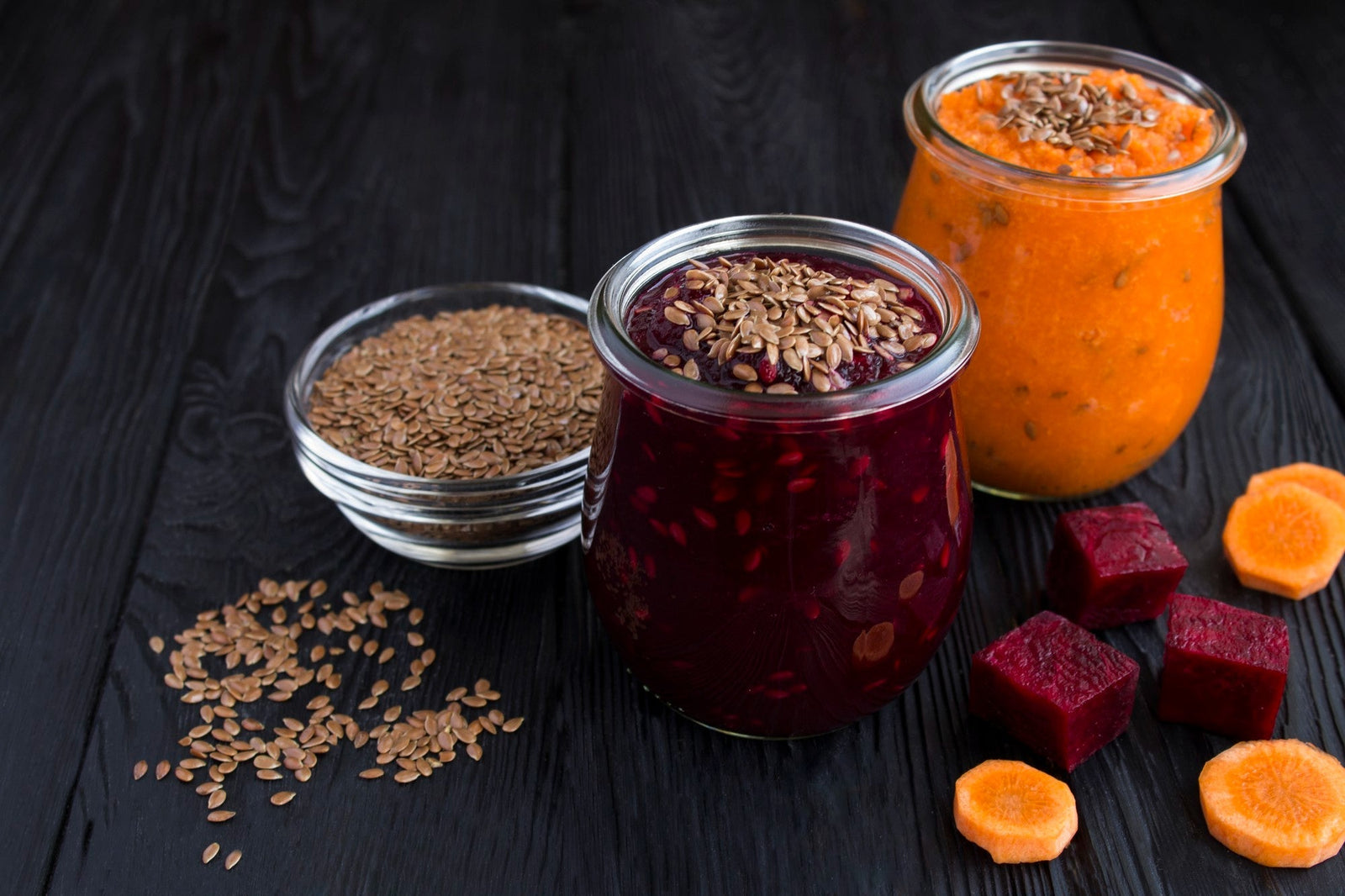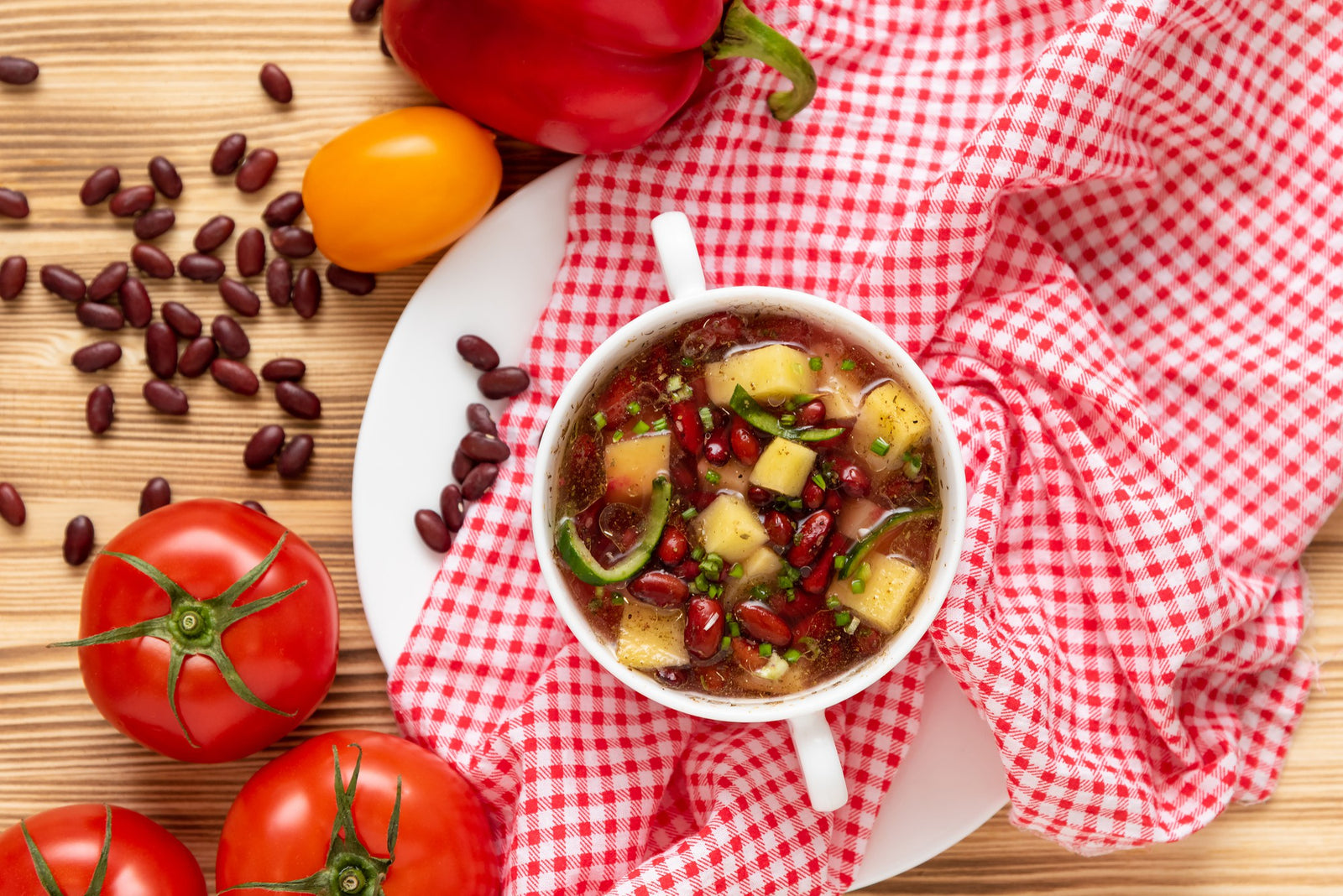
June 21, 2022 2 min read
Kamut is widely known as a "supergrain" meaning it holds more nutritional value than most other grains. It is a good source of many nutrients, including protein, fiber, zinc, manganese, magnesium, and vitamin B.

Kamut is extremely high in fiber, which is good for healthy digestion. It is also easier to digest than other whole wheat. This is because it has a different gluten content than whole wheat. Kamut is not gluten-free, but it is easier to digest than regular whole wheat for people who have gluten intolerance.

Fiber also contributes to lower cholesterol and blood sugar. It can help lower your risk of heart disease, strokes, and cancer.
This grain is also said to be good for weight loss. The fiber content boosts your metabolism and keeps you full, thus curbing any cravings.
The antioxidants in Kamut help fight against free radicals, which are unstable cells that can cause many diseases.
Kamut is good for strong, healthy bones. This is because it is high in calcium, manganese, and zinc, which are all important for bone health. Consuming these minerals regularly can help increase bone mineral density.
In addition to helping strengthen bones, zinc supports a strong immune system. It helps speed up the production of white blood cells, which fights infection. Zinc also reduces inflammation and is an essential nutrient for liver function.
For more information on Kamut and other supergrains, read our blog What are Supergrains? Part 1
❤ Try our USDA certified organic Kamut Wheat Berries ❤
Thanks for reading this Be Still Farms Blog article. To sign up for more news/articles and/or recipes, click here. For more about us, click here. To shop our certified organic products, click here.
Please comment and share and we look forward to serving you in the future!
Comments will be approved before showing up.

January 27, 2025 3 min read
Flaxseed, the tiny yet powerful superfood, is packed with nutrients that can support weight loss. From curbing hunger to stabilizing blood sugar, this guide dives into the science of how flaxseed can help you shed those extra pounds.

December 11, 2024 3 min read
Discover three quick and easy soup recipes featuring organic small red beans. From a classic vegetable soup to a creamy potato blend, these wholesome recipes are perfect for chilly days and busy weeknights. Packed with flavor and nutrition, these soups will warm your heart and soul this winter!

December 06, 2024 3 min read
This vibrant and nutritious Green Lentil Salad combines tender lentils with grilled chicken, fresh vegetables, and a zesty lemon dressing. Packed with protein, fiber, and essential vitamins, it’s the perfect healthy meal for any time of day.
© 2026 Be Still Farms- Real, Fine Organics.
Privacy | Terms | Refund Policy | Organic Certification
